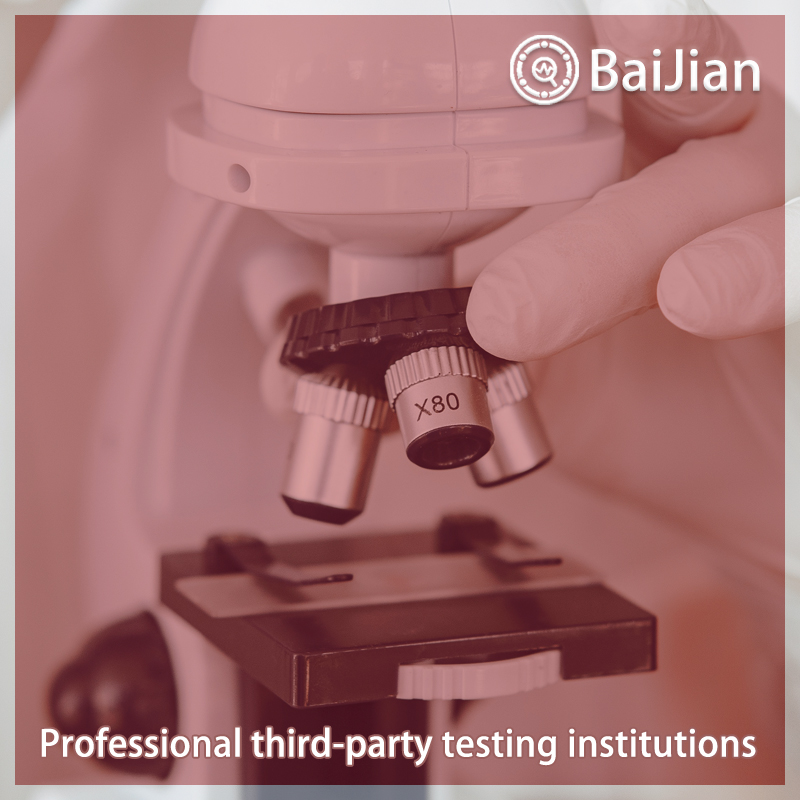
This standard specifies the terms and definitions, classification, requirements, test methods, inspection rules, marking, packaging, transportation, and storage of bathroom electric heaters. This standard applies to non thermal storage indoor heaters installed in bathrooms. The rated voltage of single-phase appliances shall not exceed 250 V; The rated voltage of other appliances shall not exceed 480 V. Note: Examples of appliances falling within the scope of this standard are: - ceiling mounted radiant bathroom electric heaters; - Ceiling mounted fan style bathroom electric heater; One - ceiling mounted radiation and fan composite bathroom electric heater; - wall mounted radiation bathroom electric heater; - wall mounted fan bathroom electric heater—— Wall mounted radiation and fan composite bathroom electric heater. This standard does not apply to portable indoor heaters that can be used both in a room and in a bathroom, such as electric heaters. The relevant requirements and test methods for natural convection bathroom electric heaters, bathroom electric heaters using thin layer flexible heating elements as heat sources, and bathroom electric heaters using low-temperature large area radiation heating elements as heat sources are being considered. The clauses in the following documents are referred to as provisions of this standard through normative references. For dated reference documents, all subsequent amendments (excluding corrected content) or revisions are not applicable to this standard. However, parties to agreements based on this standard are encouraged to study whether the latest versions of these documents can be used. For undated references, the latest version applies to this standard. GB/T 2423.17-2008 Basic Environmental Testing Procedures for Electrical and Electronic Products, Tests Ka: Salt Spray Test Method (IEC 60068-2-11; 1981, IDT) GB/T 2828.1-2003 Sampling Procedures for Inspection by Attributes, Part 1: Sampling Plan for Batch Inspection Retrieved by Acceptance Quality Limit (AQL) (ISO 2859-1:1999, IDT) GB/T 2829-2002 Sampling Procedures and Tables for Periodic Inspection by Attributes (Applicable to Inspection of Process Stability)
Function of testing report:
1. Project bidding: Issue authoritative third-party CMA/CNAS qualification report
2. Online e-commerce platform entry: Quality inspection report recognized by major e-commerce platforms 3. Used as a sales report: issuing legally effective testing reports to make consumers more confident 4. Papers and research: Provide professional personalized testing needs 5. Judicial services: providing scientific, fair, and accurate testing data 6. Industrial problem diagnosis: Verify the troubleshooting and correction of industrial production problemsBaijian and testing process:
1. Telephone communication and confirmation of requirements
2. Recommend solutions and confirm quotations 3. Mail samples and arrange testing 4. Progress tracking and result feedback 5. Provide reports and after-sales service 6. If urgent or priority processing is requiredTesting and testing characteristics:
1. The testing industry is fully covered, meeting different testing needs
2. Fully cover the laboratory and allocate localized testing nearby3. Engineers provide one-on-one services to make testing more accurate
4. Free initial testing, with no testing fees charged
5. Self service order delivery for free on-site sampling
6. Short cycle, low cost, and attentive service 7. Possess authoritative qualifications such as CMA, CNAS, CAL, etc 8. The testing report is authoritative and effective, and is generally used in China